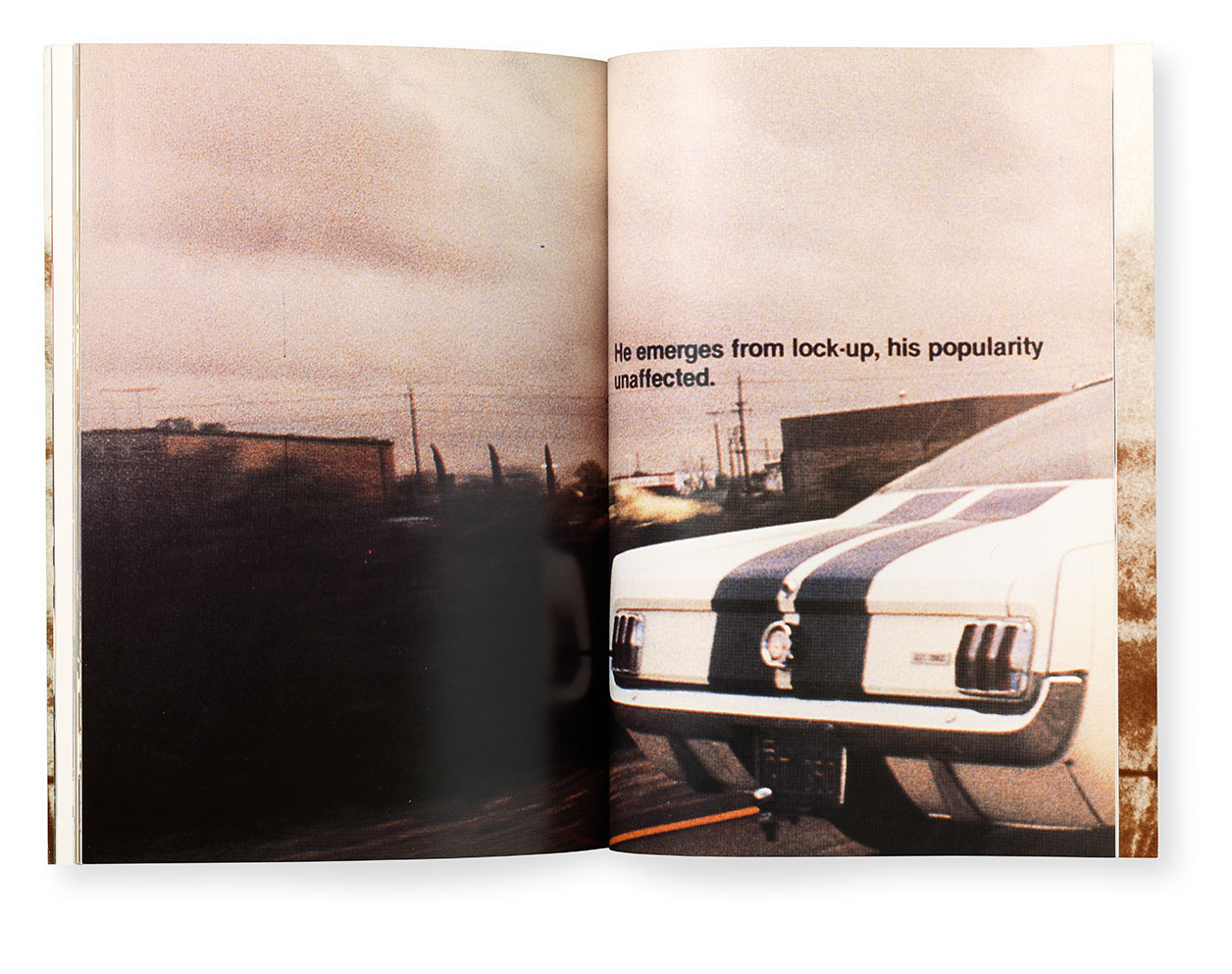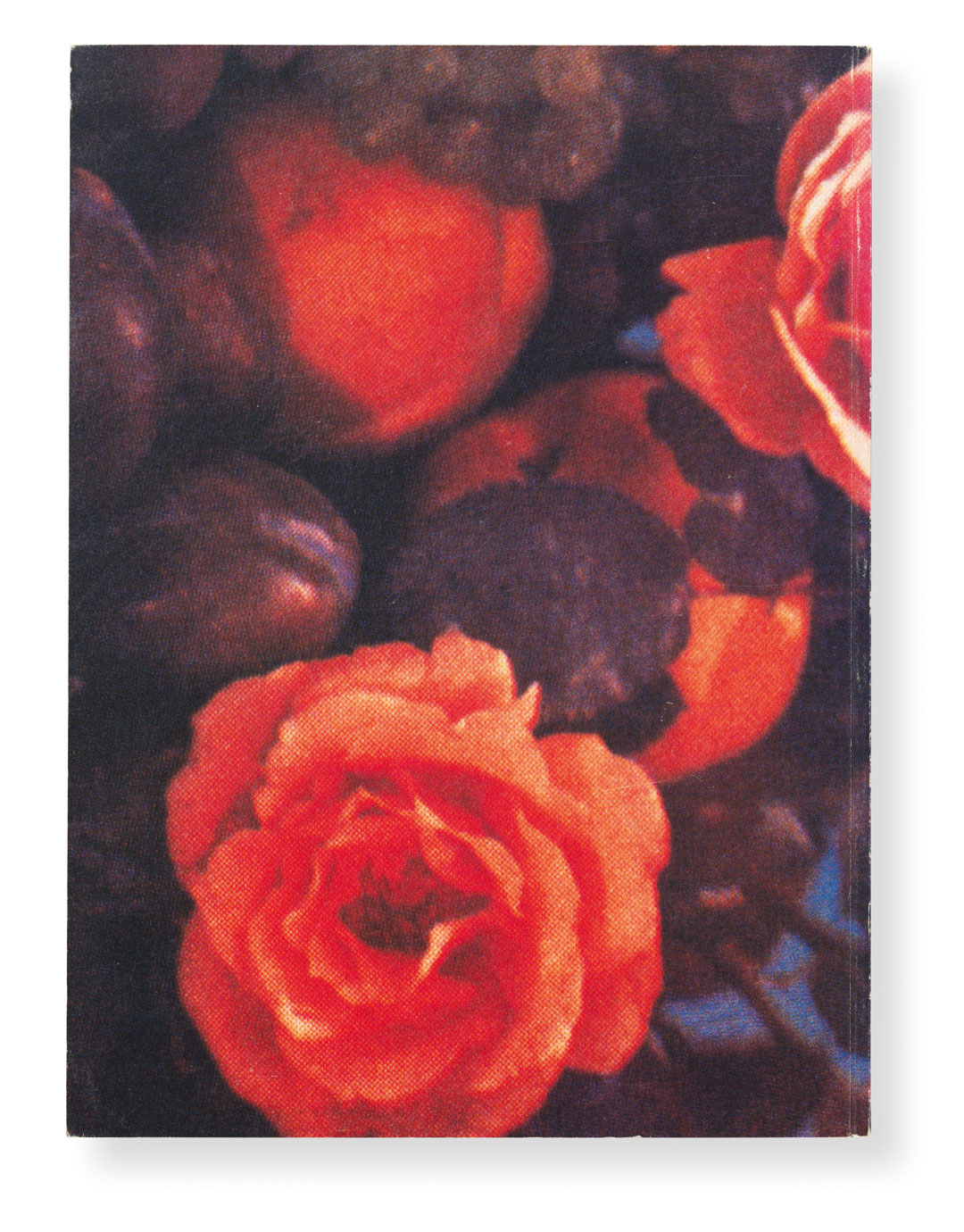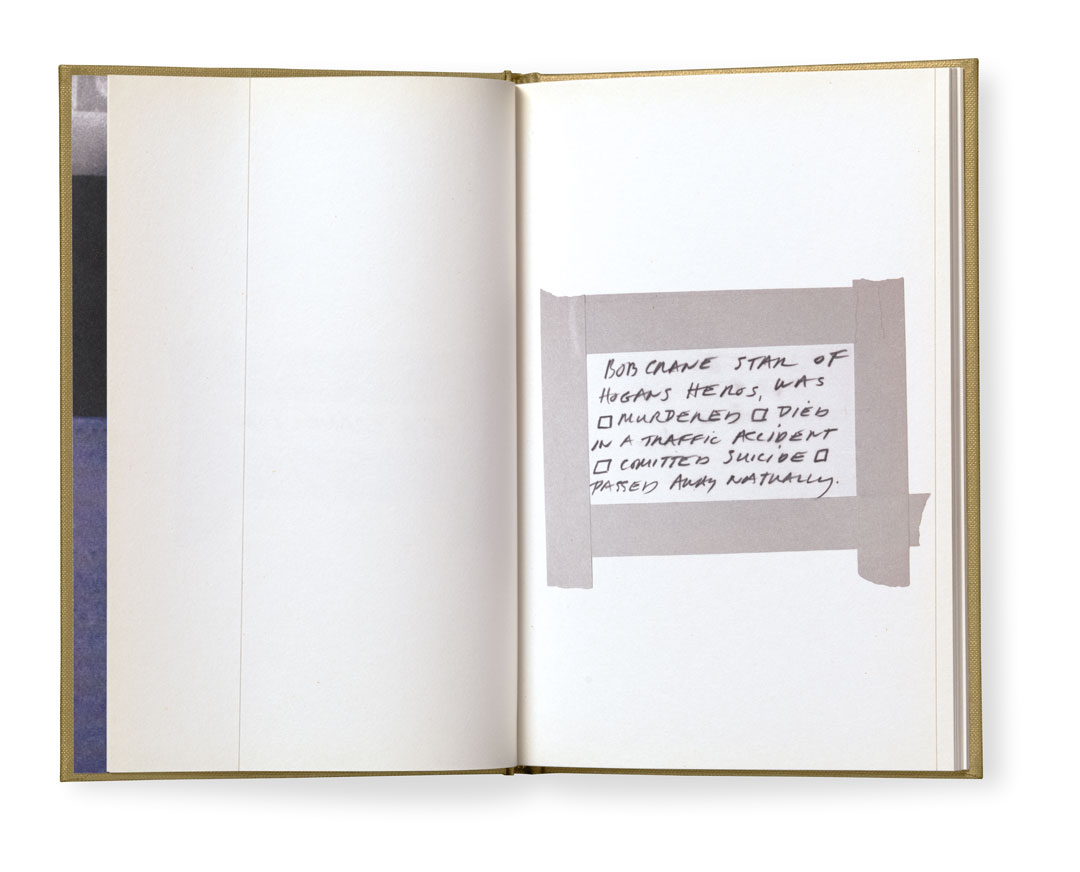
Artists Who Make Books: Richard Prince
Here’s how a controversial figure in contemporary American art went from pulp novelist to appropriation artist
If Richard Prince had found fame as a pulp novelist, would we know him today for his books rather than his pictures? It's a possiblity, according to our new publication Artists Who Make Books.
Currently, we think of Prince as an appropriation artist, who has rephotographed and re-contextualised Marlboro cowboys, biker chicks, Instagram stars and Rastafarians in his punky, poppy pictures.
However, as our new book explains, Richard Prince began writing and self-publishing short fiction in the early 1980s, around the same point he started showing his more familiar work in galleries.

“In 1980, the year of his first major solo show, he released three text-only, pamphlet-style publications in succession, a trilogy of sorts: War Pictures in February, Menthol Pictures in June, and Menthol Wars in October,” explains the book. “Each cover features a different black-and-white image of a woman in profile, the halftone dots from the original magazine page highly enlarged. The books contain groupings of short fiction by Prince, presented in a simple serif typeface and read as primers on the artist’s views of media consumption.”

Prince followed these up in 1983 with a novel, Why I Got to the Movies Alone. “The cover features a rephotographed black-and-white repro of an acorn-shaped jewelry pendant dangling from a leafy branch—a luxury product masquerading as nature,” explains the text, “while the flap copy hints that the novel provides an interpretive key to Prince’s early appropriations: 'The first time he saw her, he saw her in a photograph. He had seen her before, at her job, but there, she didn’t come across or measure up anywhere near as well as she did in her picture'."
After this point Prince appears to have lost some interest in prose, and pictures, rather than stories, came to dominate his books. Three late 1980s publications, Richard Prince (1988), Spiritual America (1989), and Inside World (1989) include images of Prince’s work, variously remixed with his texts, images from other artists, studio shots, and installation views – pictures not wholly unlike the kind of stuff Prince is known for today.

However, even if he doesn't write as much, the artist's interest in literature and pulp fiction remains undiminished. Prince has amassed an impressive private library of 20th century books and other texts. This book collection includes Vladimir Nabokov’s personal desk copy of the first edition of Lolita, a copy of the Easy Rider screenplay inscribed by Peter Fonda, and numerous, notable editions of On the Road by Jack Kerouac, including one Kerouac gave to his mother, as well as other pieces of written ephemera, such as letters sent by Jimi Hendrix to his dad, and a note written by Slyvia Plath the day before she died.
Prince might specialise in showy artistic reproduction, yet he also recognises an original artifact, and a good read, when he sees one. For more on Richard's books and other artists who make books, order a copy of Artist Who Make Books.